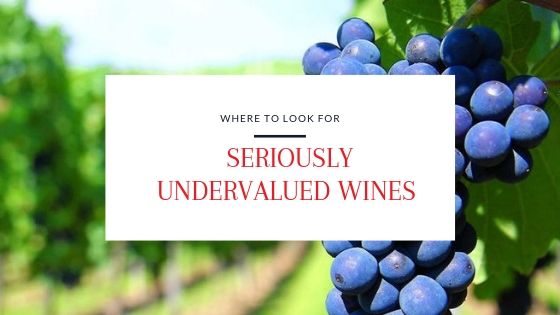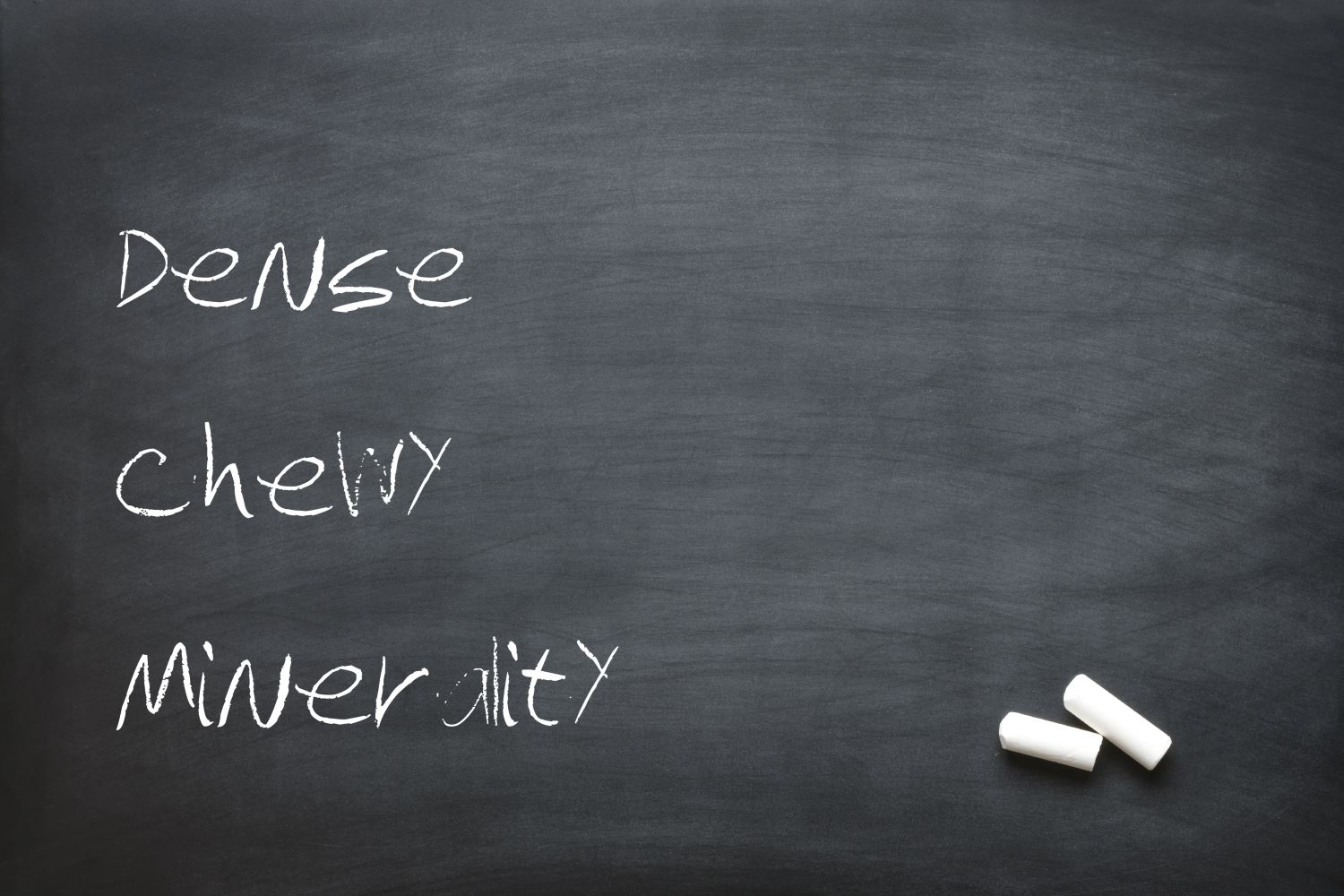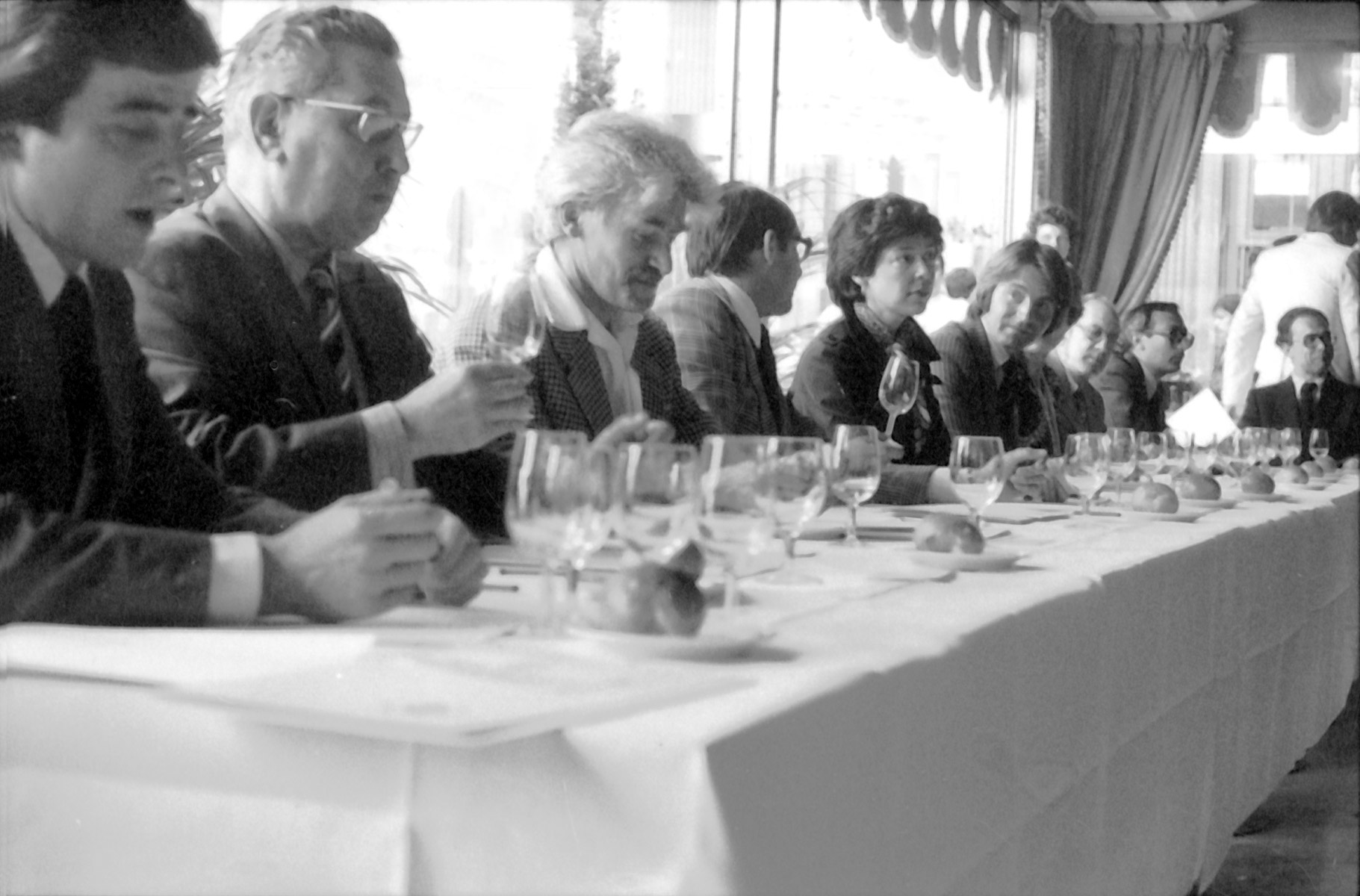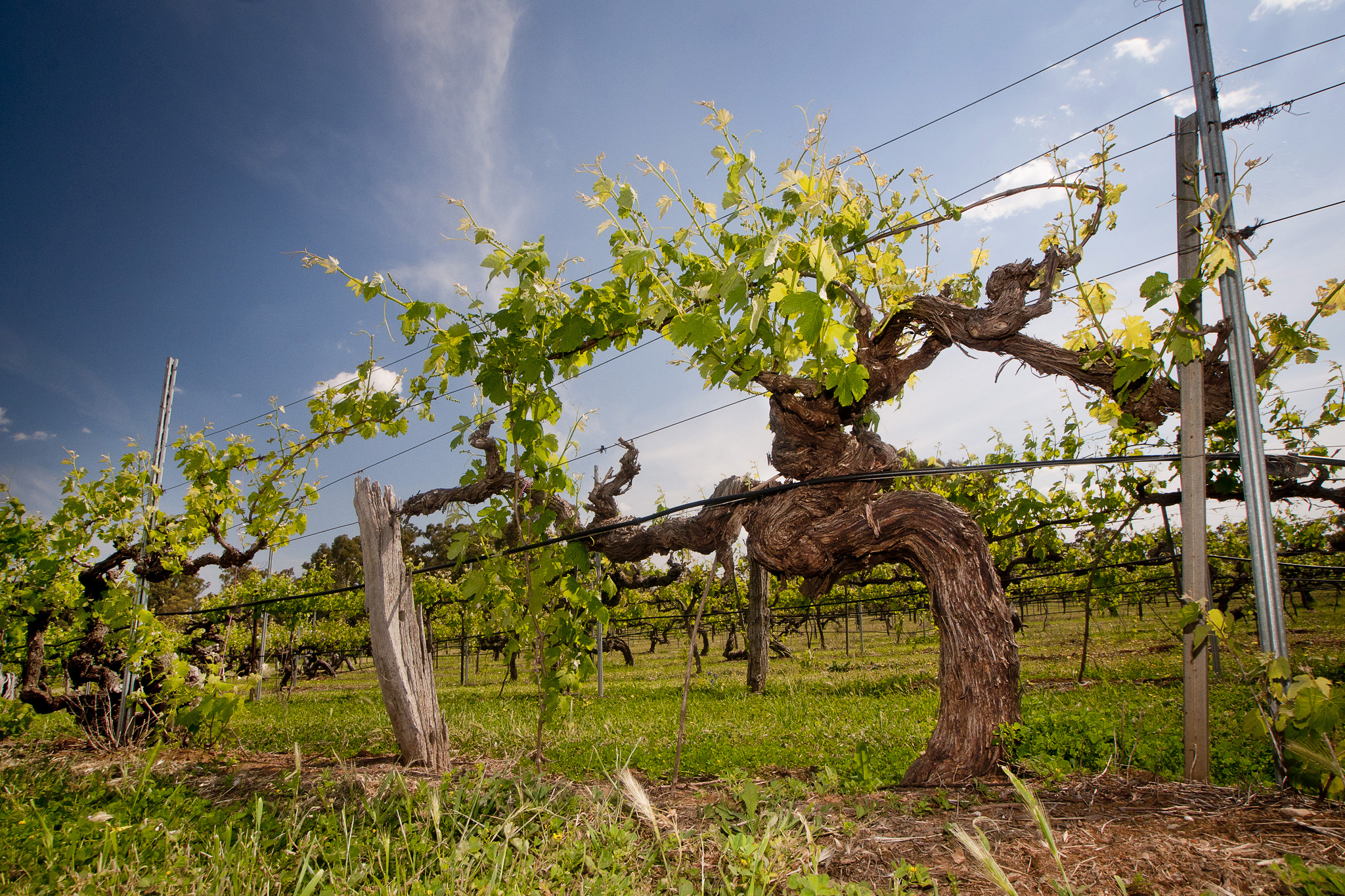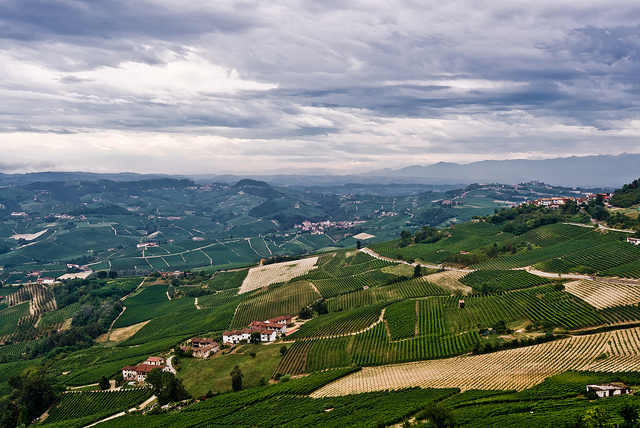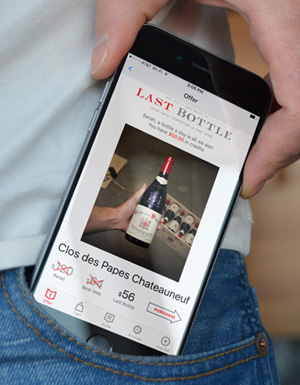Wines, like stocks, come in all shapes and forms, and with varying prices. Some are expensive like Amazon and others present more value driven prices, and we loooove good value wines.
We’re all about deals. But we understand you might not buy ALL your wine with us – shockingly enough. Next time you’re out and about, hunting for a good deal or something new to try, keep your eyes peeled for some of these.
Lambrusco
Some of you just read that and were like, “nah, I’m done here” — but hold up and hear us out on this one!
You may remember Lambrusco as a sickly sweet bubbly sharing more in common with soda pop than wine. Thankfully that isn’t entirely the case anymore. Today we have some dry, fine bubbled, well crafted choices. New Lambrusco is like what LaCroix is to soda – refined, elegant, palatable.
Specifically, Lambrusco di Sorbara is the stuff you want to look for. It’s lighter, floral, nice acidity. And pretty cheap.
Negroamaro
Northern Italy gets most of the recognition and praise when it comes to producing world class wines, and for good reason. Piedmont, Tuscan and the Vento regions crank out massive quantities of wine. Even seasoned wine veterans might have trouble listing a single region or producer from the lower half.
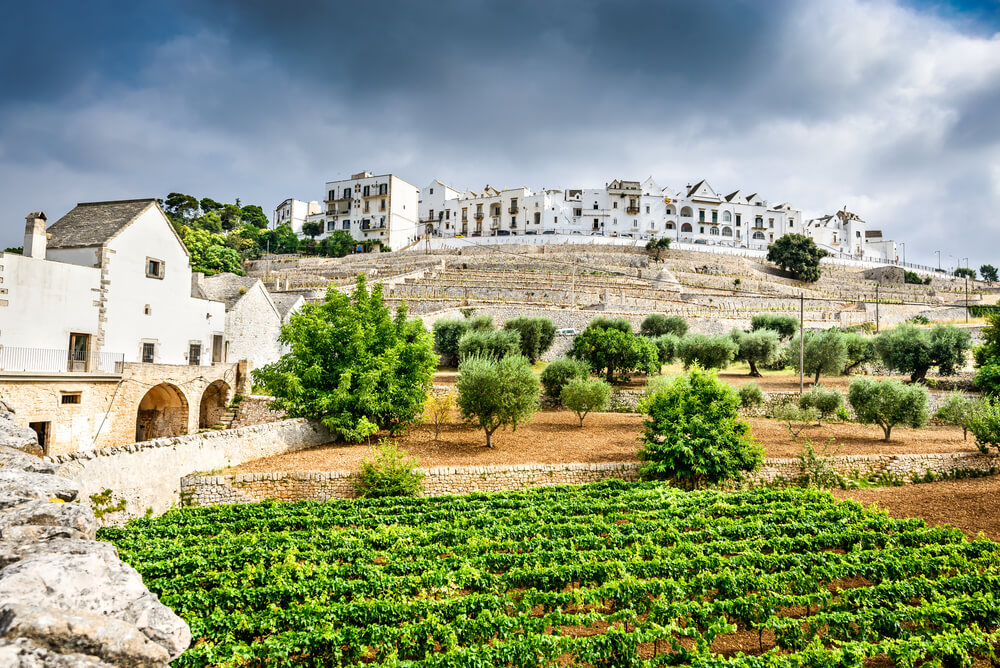
Locorotundo is a beautiful town in Puglia defined by its white buildings
That’s because for decades the heel of Italy, and specifically Puglia, was more known for cheap jug wines that rarely hit the export market and were mostly enjoyed by locals. Over time the area has seen an improvement in winemaking thanks to outside investments from the likes of the Antinori family for one.
Today Puglia is definition of an undervalued wine region — and Negroamaro is the wine of choice there. It’s also a beautiful place to visit in the summer – just check out the quaint town of Polignano a Mare, where you can get a smokin’ good deal on an Airbnb just minutes from the warm Adriatic
Back to Negroamaro…a light to medium bodied wine with a silky mouthfeel, it shares a similar profile as Zinfandel/Primitivo. You’ll also find some great rose made from it. It’s sometimes blended with bolder, more tannic wines to give it some structure, sometimes oak aged, sometimes stainless. In other words, it comes with a great variety of expressions, and rare to see any one priced above $20.
Costières de Nîmes
Rhone wines are incredibly popular. No surprise there, with the lush Grenache fruit and deep, savory complexity of Syrah. It’s terribly easy to fall head over heels for Hermitage, Chateauneuf, and Côte Rôtie.
However, some of the outlying regions surrounding these more well known areas also offer some powerful, richly concentrated and elegant wines at a fraction of the price. One in particular is Costieres de Nimes, found in the southernmost part of the Rhone, tucked next Provence and Languedoc.
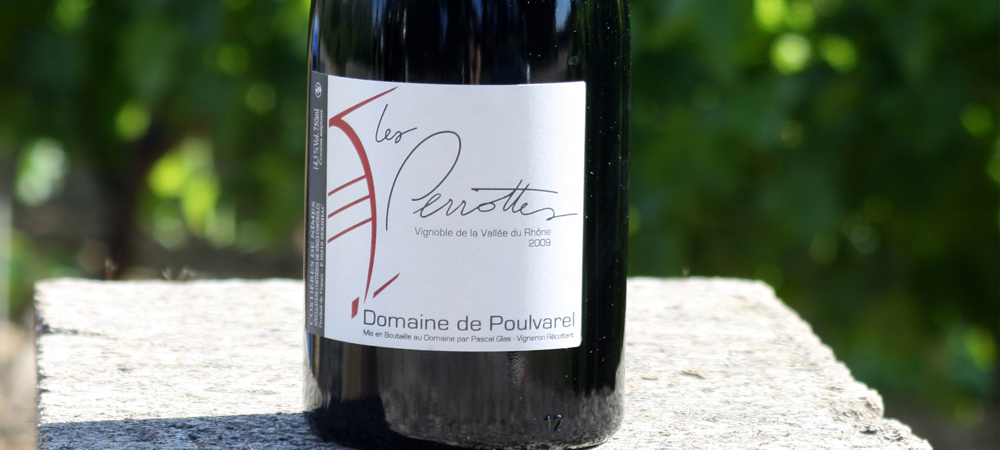
“Les Perrottes” is a Syrah dominant blend that routinely gets 90+ points
They produce mostly red and rose wines, with a small amount of whites in the mix. They build on the familiar Rhone blend with Syrah leading the charge, and Grenache second in command with a bit of Mourvedre and Carignan following the ranks.
We have a huge crush on Domaine de Poulvarel, arguably one of the best values in all of Rhone and a constant customer favorite.
Mencia
Spain is most known for its powerful and age worthy Rioja or Priorat. But Mencia (pronounced “men-thee-a”), a lesser known grape found mostly in the northwest, has been continually improving in quality. It’s also much cheaper than the aforementioned Rioja or Priorat wines.

Lush fruit, incense, Asian spices, bright, focused red fruit, sweet cherries and marmalade, fruit wood (think ribs smoked on apple or cherry wood!) and wonderful warmth.
We’ve offered it a few times and it’s simply great, easy drinking stuff. If you dig Pinot Noir or Cab Franc you’ll probably like it. It’s a light to medium bodied wine, packed with pepper and earthy flavors alongside sour cherry, raspberry and gravel notes.
Hard to find one that costs more than $25 and they’re routinely available in the $15 range.
Rioja Reserva
Compared to the aforementioned Mencia, a Rioja Reserva or Gran Reserva might seem expensive. Then again, compared to say, a high end Napa Cabernet, Rioja is downright affordable.
Where else can you find a wine for $50 that’s been barrel aged for 4+ years, followed by another couple years in the bottle before release? For the money
Rioja wines are mostly composed of tempranillo and almost always bring great value for the quality. Sure, some Reservas top $100+ but you can find a great bottle of high scoring, age defying Lopez de Heredia 2005 for $50 or so, or La Rioja Alta for a similar price.
Portugal
Worth a quick mention for sure, although possibly one of the harder to find options here, are Portuguese wines. All Portuguese wines are pretty much great values, with the exception of some Port. Take your pick – Barraida, Dao. Most of the reds are made from Touriga Nacional, Tinta Roriz (Tempranillo), and other native grape varieties.
Etna
Relatively unknown, but rising in popularity for sure, Etna has some tremendous values Mt Etna is an active volcano in Northeastern Sicily, and it hosts an intense and rugged growing environment that reaches up to 3,500 feet in elevation. The rich volcanic soil and mediterranean breeze that sweeps in to create a dramatic shift in day and night temperatures makes an ideal environment to grow wine grapes. Nerello mascalese fills the balance of most reds, aka Etna Rosso, and the best examples rarely exceed $30.
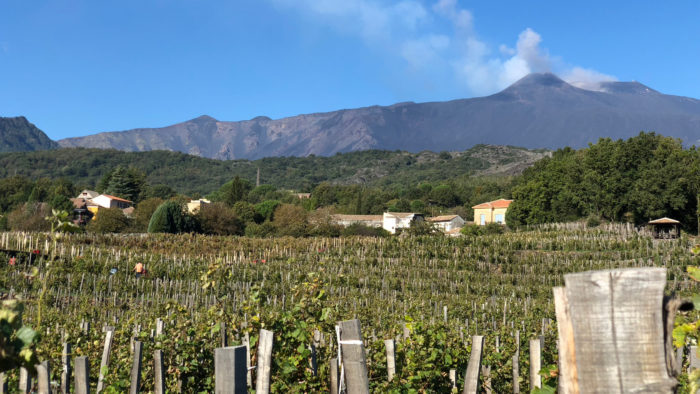
Etna wines benefit from the unique soil surrounding the ancient volcano
Tenuta delle Terre Nere is the most widely recognizable producer, and widely available. Some others worth looking out for include Planeta, Contino and Benanti to name a few.
German Spatburgunder
If you’re a fan of Pinot, and why wouldn’t you be, then you’re surely familiar with Sonoma and Burgundy. Both regions excellent spins on the popular varietal. They also reach astronomical prices in some cases and it’s generally tough to find a decent one under $30.
German Pinot didn’t always get glowing reviews. Actually, quite the opposite.
Here’s what Robert Parker had to say in 2002:
German Pinot Noir is a grotesque and ghastly wine that tastes akin to a defective, sweet, faded, diluted red Burgundy from an incompetent producer.
Now almost twenty years later the tide has turned.
It’s grown in most every German wine region, though only making up about 11% of total plantings. For a long time, people dismissed these wines as too acidic and unripe, but as climate change brings warmer temps, the grapes can ripen better. Coupled with modern winemaking techniques and better clonal selection over the years and you get a nice bump in quality – so much that in some recent blind tastings Germany’s Pinot Noir beat out Burgundy.
The best examples are ripe, but often forgo heavy oak aging, so they retain a brightness and show a sense of place. While they can approach triple digit prices, it’s not hard to find a great example for $20-30.
Do you have any favorite value wines that consistently overdelivers for the price? Tweet us your favs!

